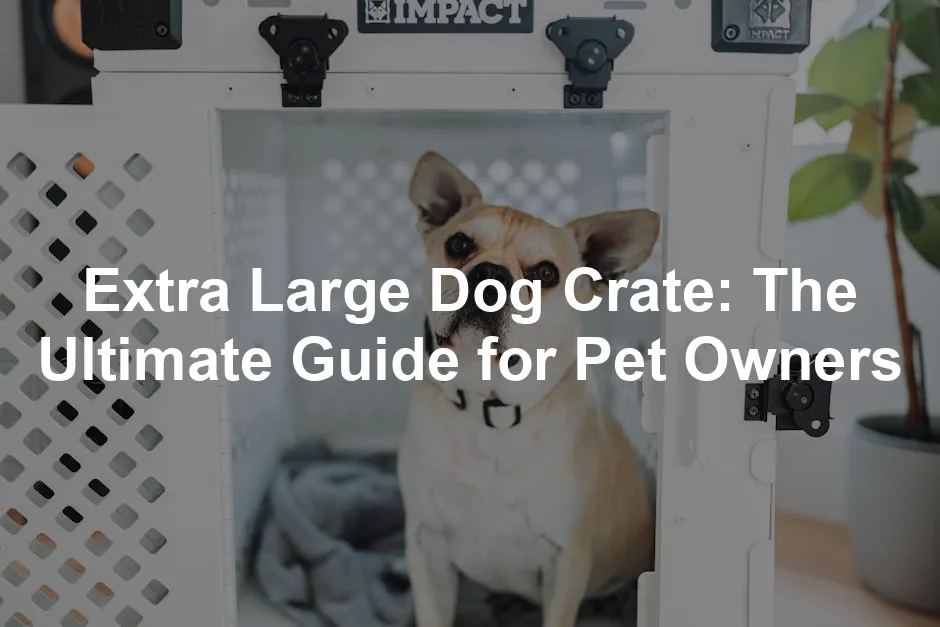Introduction
Are you considering an extra large dog crate? These crates are essential for larger breeds. They provide a safe, cozy space for your pets. Comfort and security are key for every dog, especially the big ones. Let’s dive into the features that make these crates so valuable.
If you’re looking for the perfect crate to keep your furry friend safe, check out this Extra Large Dog Crate. It’s designed for comfort and security, ensuring your dog feels right at home.
Summary and Overview
In this guide, you’ll learn everything about extra large dog crates. We’ll cover the importance of choosing the right size for your furry friend. A crate that fits well ensures your pet feels secure and comfortable.
Extra large crates come in various materials and designs. From metal to plastic, each type has unique features. You’ll discover the benefits of these crates, including safety and training assistance. A well-chosen crate can enhance your dog’s comfort and help with house training.
By the end of this article, you’ll be equipped to make an informed decision on the best extra large dog crate for your beloved pet.

Choosing the Right Extra Large Dog Crate
Factors to Consider
When selecting an extra large dog crate, size matters most. You want to ensure it fits your dog comfortably. Start by measuring your dog. They should be able to stand, turn around, and lie down without restrictions.
Each breed has different needs. For instance, a Great Dane will require more height than a Labrador. Understanding these specifics helps you choose wisely.
Materials also play a significant role. Metal crates are durable and provide good ventilation. Plastic options are lighter and great for travel. Soft-sided crates offer convenience but may not suit every dog. If you’re interested in sturdy, travel-friendly crates, consider this Airline Approved Dog Carrier. It’s perfect for those travel-loving pups!
Consider adjustable crates too. These can grow with your puppy, saving you money in the long run. They allow you to modify space as your dog matures.
Remember, measuring your dog and considering their specific needs is crucial. Your dog deserves a cozy and secure space.
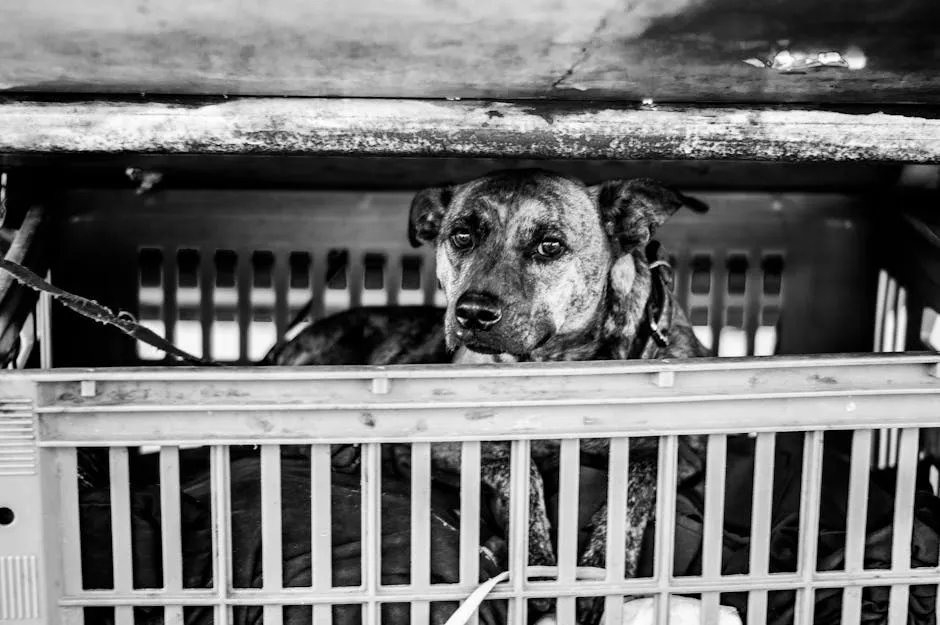
Types of Extra Large Dog Crates
Metal Crates
Metal crates are a popular choice for many dog owners. They offer unmatched durability, making them a solid investment. These crates are often made from heavy-duty materials. This ensures they withstand wear and tear, especially with larger breeds.
If your pup is a chewer, consider investing in Heavy Duty Dog Chew Toys. These toys are designed to withstand even the toughest of jaws!

Plastic Crates
Plastic crates stand out for their portability. They are lightweight, making them a breeze to transport. If you travel frequently, a plastic crate is ideal. Many of these crates come with built-in handles for easy carrying.
Safety features are also a highlight. Plastic crates often have rounded edges, reducing the risk of injury. They provide a cozy environment for your dog without the harshness of metal. Furthermore, these crates are often airline-approved. This means you can take your furry friend on adventures without worry.

Soft-Sided Crates
Soft-sided crates are designed for convenience. They are perfect for travel, as they can easily be folded and stored. Setting one up is quick and hassle-free. You can have it ready for your dog in minutes.
These crates are usually made from fabric and mesh, offering good ventilation. They are also lightweight, making them easy to move around. However, keep in mind that they may not be suitable for all dogs. An energetic or destructive dog might damage a soft-sided crate. Always assess your dog’s behavior before choosing this option.

Furniture Style Crates
Furniture style crates combine aesthetics with functionality. They are designed to blend seamlessly into your home decor. Many look like stylish end tables or benches, providing a dual purpose.
This type of crate can enhance your living space while offering a safe retreat for your dog. Your pet gets a cozy spot to relax, and you get a piece of furniture that fits your style. These crates are often made from wood or composite materials. Ensure they are sturdy enough for your dog’s size.
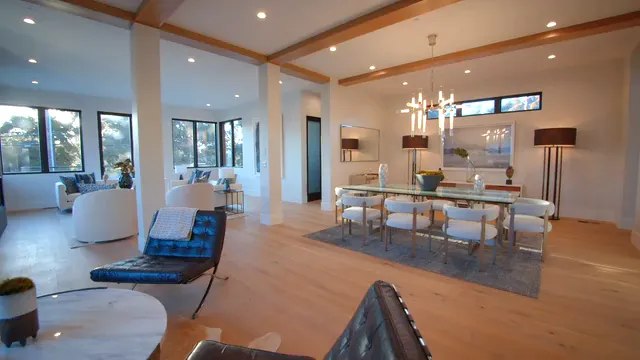
Outdoor Kennels
Outdoor kennels are a great option for pet owners with larger yards. These provide ample space for your dog to move around safely. They are typically constructed from durable materials that withstand the elements.
If you’re considering outdoor options, you might want to check out this Outdoor Dog Kennel. It provides a safe and spacious environment for your furry friend.

Benefits of Using an Extra Large Dog Crate
Safety and Security
One of the primary benefits of using an extra large dog crate is safety. Dogs instinctively seek safe spaces. A crate provides a secure environment where they can relax. It keeps them away from potential hazards in your home.
When you leave the house, a crate can prevent unwanted behaviors. Chewing furniture or getting into dangerous items becomes less of a concern. Your dog learns to associate the crate with safety. This builds their confidence and reduces anxiety.
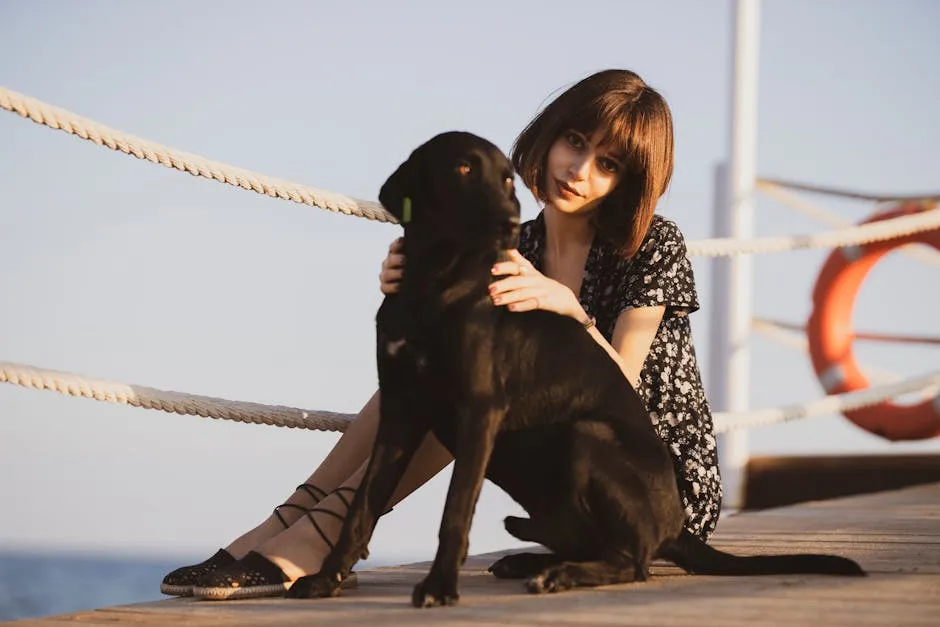
Training Aid
Crates are also essential for training routines. They assist with house training by teaching your dog bladder control. Dogs don’t like to soil their sleeping area, so they learn to wait. This method can speed up the training process significantly.
Additionally, crates help establish boundaries. They teach dogs where it’s appropriate to rest. This can be especially useful for puppies. A crate aids in creating a structured environment for your furry friend.
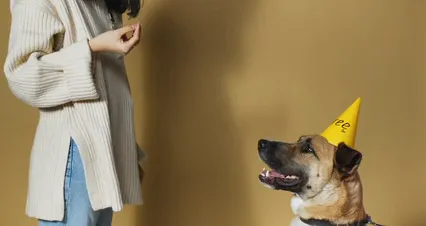
Comfortable Space
An extra large dog crate serves as a personal retreat for your pet. It offers a cozy space where they can retreat when feeling overwhelmed. Just like us, dogs appreciate having their own space.
Adding comfortable bedding and toys can enhance this experience. When your dog has a special area, they feel more secure. This can significantly improve their overall well-being. A well-used crate can become a beloved haven for your furry companion. Consider adding a Dog Bed for Large Breeds to complete the cozy setup!
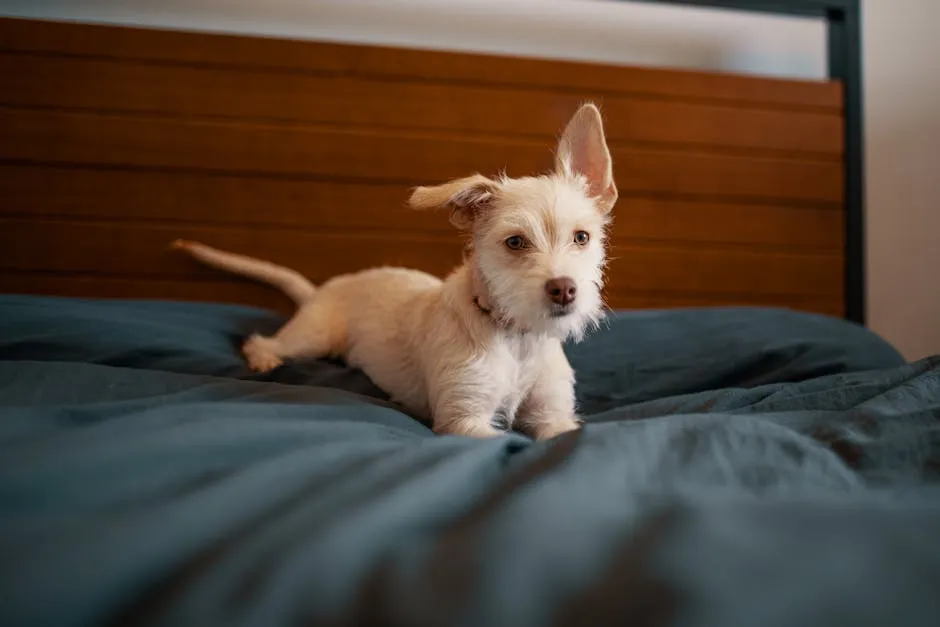
How to Set Up an Extra Large Dog Crate
Setting up an extra large dog crate correctly is essential for your pet’s comfort and safety. Let’s walk through the steps to ensure your dog feels right at home.
Choosing the Right Location
Where you place the crate matters. Look for a quiet corner in your home. This spot should be away from noise and foot traffic. Dogs love their personal space, so a cozy nook is ideal. Ensure the area has good ventilation and natural light. Avoid placing the crate near extreme temperatures, like heaters or air conditioning vents. This setup helps your dog feel secure and calm.

Adding Comfort
Your dog’s crate should feel inviting. Start with a soft, comfortable bed. Look for bedding that suits your dog’s size and preferences. A plush mat or a fluffy blanket works well. You can also add a few favorite toys. Chew toys or stuffed animals can keep your dog entertained. However, ensure the toys are safe and appropriate for your dog’s size. This extra comfort can make the crate a happy retreat.
Don’t forget to include a Dog Blanket for added warmth and comfort!
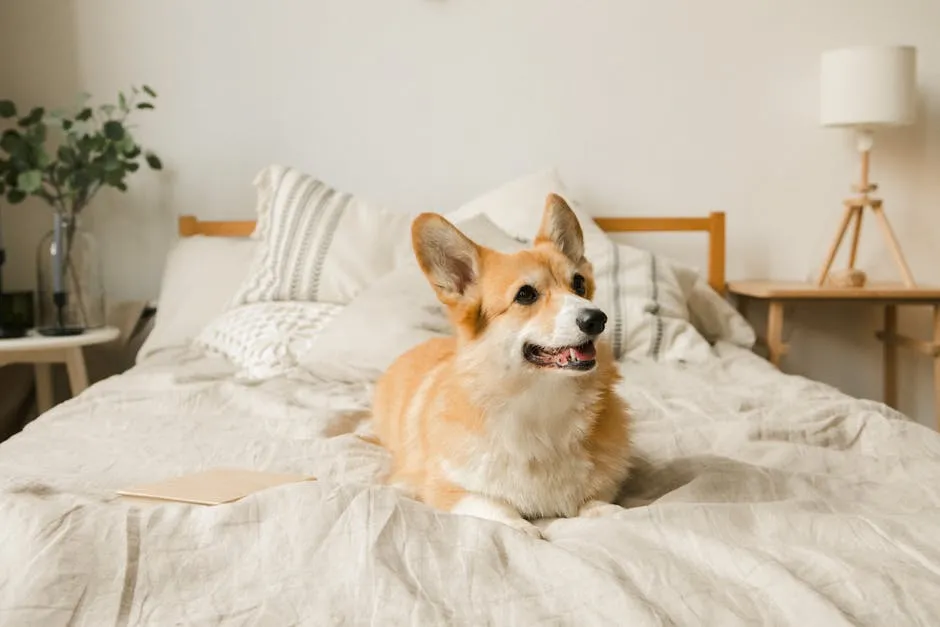
Introducing Your Dog to the Crate
Transitioning your dog to the crate should be gradual. Start by encouraging your dog to explore the crate. Leave the door open and treat them when they enter. You can toss in a few treats or toys to make it inviting. Over time, close the door for short periods while you’re nearby. Gradually increase the duration as your dog becomes more comfortable. This process is crucial for crate training. It helps your dog associate the crate with positive experiences.
Don’t rush this introduction. Patience is key! As your dog adjusts, they’ll see the crate as a safe haven. Have you tried crate training? Share your experiences in the comments below!
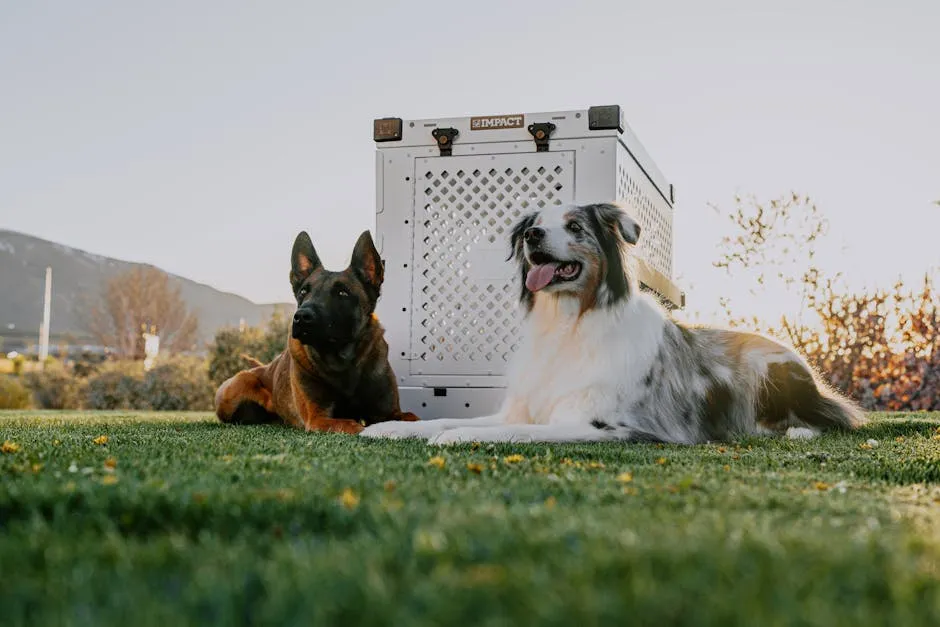
Maintenance and Cleaning Tips for Dog Crates
Keeping your dog’s crate clean is essential for their health and comfort. Here’s how to maintain it effectively.
Routine Cleaning
Regular cleaning is crucial. Aim to clean the crate at least once a week. Use a mild detergent and warm water. Wipe down the surfaces, including the bedding. If the bedding is machine washable, toss it in the wash. This helps eliminate dirt and bacteria, keeping the space fresh.
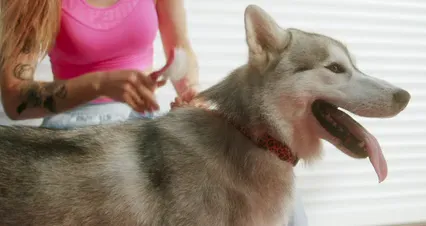
Preventing Odors
Odor control is important, especially for larger crates. Consider using pet-safe odor eliminators. Baking soda is a natural option; sprinkle it on the bedding and let it sit before vacuuming. Regularly check for spills or messes and clean them promptly. This keeps the crate smelling fresh. You might want to check out this Pet Safe Odor Eliminator for a fresher crate.
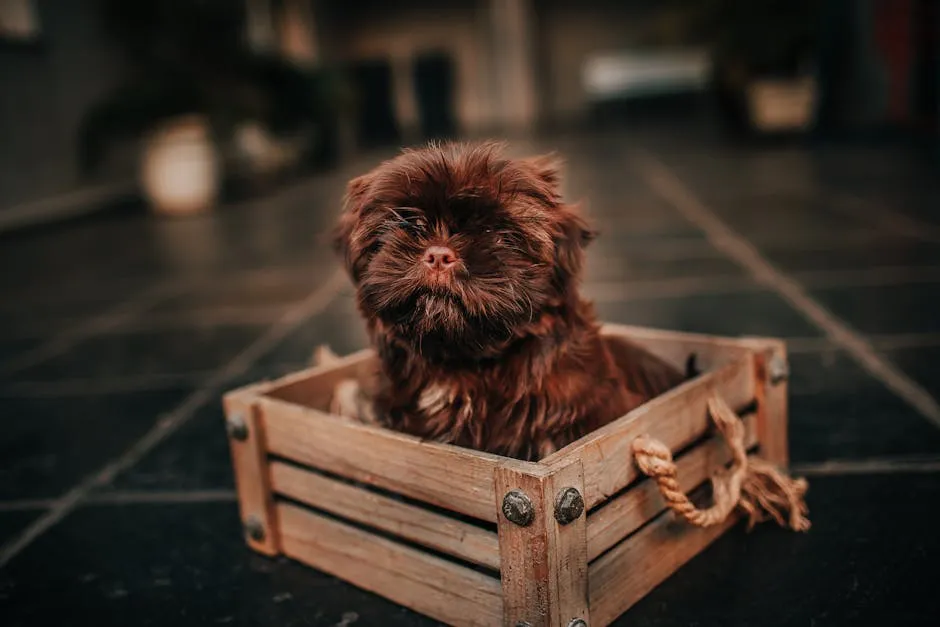
Regular Inspections
Inspecting the crate regularly is key. Look for signs of wear and tear. Check for rust, broken parts, or sharp edges. If the crate shows significant damage, it may be time to replace it. Keeping the crate in good condition ensures your dog stays safe and secure.
Maintaining your dog’s crate is a simple way to enhance their environment. Regular care promotes a healthy space for your furry friend.
Common Mistakes to Avoid
Overusing the Crate
Using a crate too often can lead to serious issues. Dogs are social animals and need interaction. Prolonged confinement can cause anxiety and stress. Your pet might develop behavioral problems like barking or chewing. It’s essential to balance crate time with play and exploration. Aim for short periods in the crate, especially when training. Remember, a crate should feel like a safe haven, not a punishment. To help with training, consider using a Dog Training Clicker to reinforce good behavior!
Not Choosing the Right Size
Selecting the wrong size crate can have negative consequences. If the crate is too small, your dog may feel cramped. They won’t be able to stand, turn, or lie down comfortably. This can lead to restlessness and discomfort. On the other hand, if it’s too large, your dog might use one end as a bathroom. Finding the right size ensures your dog feels secure. Measure your pet and choose accordingly for maximum comfort.
Skipping Training Steps
Skipping steps in crate training can hinder your dog’s progress. Gradual training helps your pet associate the crate with positive experiences. Start with short periods, gradually increasing the time. Consistency is key, and patience will pay off. Rushing the process might make your dog fearful. Instead, make crate time enjoyable by offering treats and praise. This approach builds trust and comfort, making the crate a welcoming space.
Conclusion
Choosing the right extra large dog crate is crucial for your pet’s well-being. Proper use and maintenance enhance your dog’s security and comfort. Avoid common mistakes to ensure successful crate training. Remember, a well-used crate can become a beloved retreat for your furry friend. Practice responsible crate training for a happy, healthy dog.
FAQs
What size crate should I get for my large dog?
Choosing the right size crate is crucial. Your dog should have enough room to stand, turn around, and lie down comfortably. Start by measuring your dog from nose to tail and from the ground to the top of their head while standing. Consider their breed, as some breeds, like Great Danes, may need more height than others. A good rule of thumb is to select a crate that accommodates your dog’s adult size, allowing for a little extra space for comfort. Keep in mind that if you have a puppy, you might want an adjustable crate with a divider to accommodate their growth.
Can I use an extra large crate for multiple dogs?
Using an extra large crate for multiple dogs can be tempting, but it comes with pros and cons. On the positive side, having a shared space can provide comfort and companionship. However, it can also lead to issues. Dogs may feel territorial or anxious, especially if they’re not used to sharing. Plus, if one dog has a bathroom accident, it could affect the whole crate. If you decide to crate multiple dogs together, ensure they get along well and monitor their behavior closely.
How long can my dog stay in a crate?
The duration your dog can stay in a crate varies by age and temperament. Puppies typically shouldn’t be crated for more than three hours. Adult dogs can be confined for about four to six hours. However, each dog is different. Factors like their activity level, anxiety, and training can influence how long they can comfortably remain in the crate. Always provide plenty of exercise and mental stimulation before crating your dog to help them settle down.
What are the best materials for dog crates?
When it comes to dog crates, materials matter. Metal crates are durable and provide excellent ventilation, making them a favorite among many owners. Plastic crates are lightweight and portable, offering a safe option for travel. Soft-sided crates are convenient for travel but may not suit every dog, especially larger or more active breeds. Furniture-style crates combine functionality with aesthetics, fitting nicely into your home decor. Consider your dog’s behavior and needs when selecting the best material for their crate.
How do I encourage my dog to use the crate?
Encouraging your dog to use the crate takes patience and positive reinforcement. Start by making the crate inviting. Add soft bedding and a few favorite toys. Use treats to lure your dog inside, praising them when they enter. Gradually close the door for short periods while you’re nearby. Increase the duration slowly, ensuring your dog feels comfortable. Create positive associations by feeding your dog their meals in the crate or giving them special treats there. This helps them see the crate as a safe and enjoyable space.
Please let us know what you think about our content by leaving a comment down below!
For more information on how to effectively train your dog to use a crate, check out this detailed guide on how to create a dog friendly space for stress free crate training.
Thank you for reading till here 🙂
All images from Pexels

